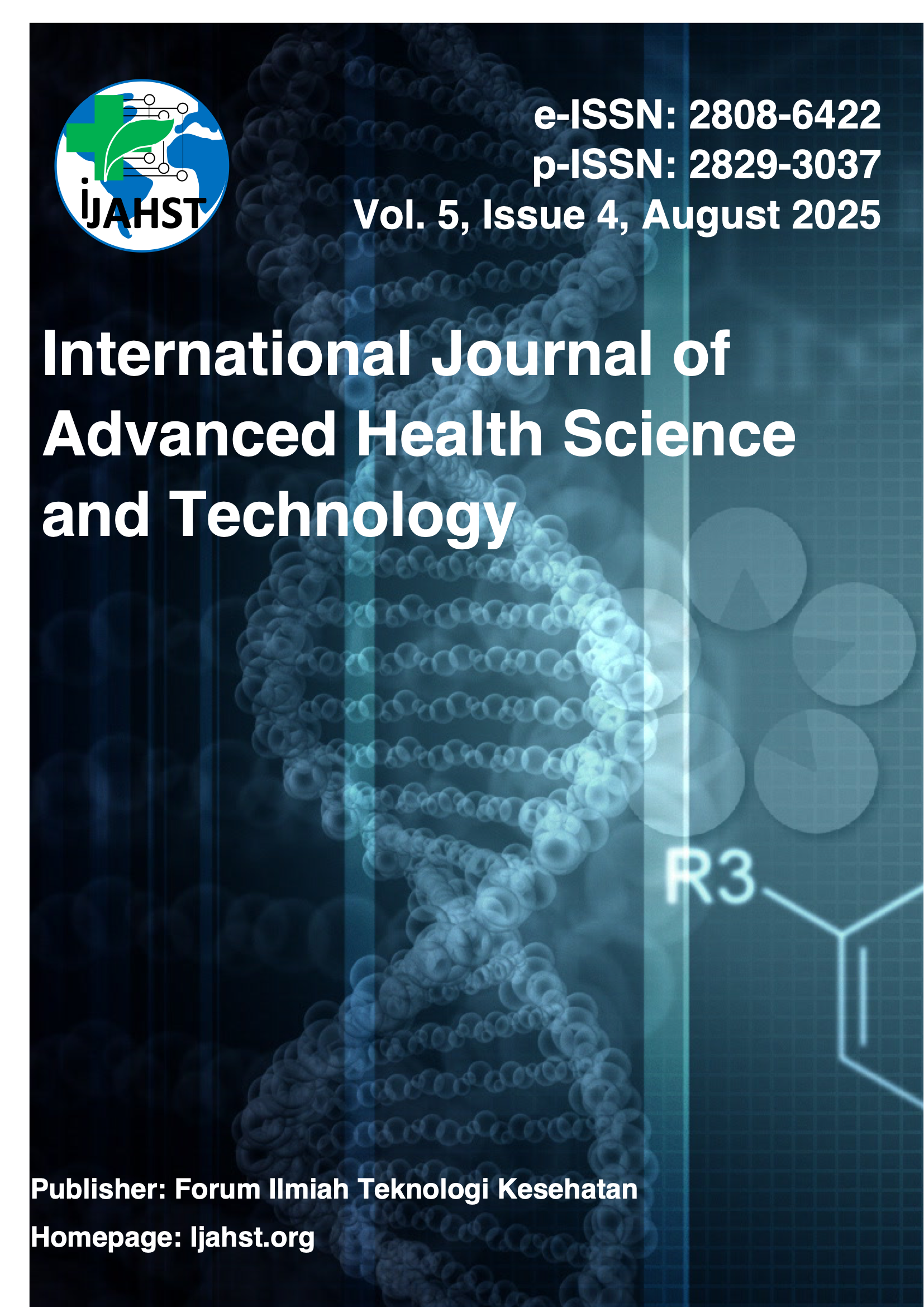Difference in quality of preparates of mice kidney histology using xylol and sunflower oil (Helianthus annuus) on deparafinization processes
Abstract
ematoxylin-Eosin staining begins with deparaffinization. Deparaffinization aims to remove the remaining paraffin in the tissue and xylol is a commonly used deparaffinization material but the use of xylol has a bad impact on health and also the environment because of its toxic nature besides the price of xylol is relatively more expensive. A more natural material that is not harmful to the body and the environment is needed as an alternative to xylol. Sunflower oil is a type of vegetable oil that contains oleic acid. The oleic acid content in sunflower oil has a chain of carbon atoms that is non-polar and water insoluble so that it can dissolve paraffin which is non-polar and hydrophobic. This study was conducted at Faculty of Veterinary Medicine Airlangga University, Veterinary Farm Center and the Cytohistotechnology Laboratory of the Medical Laboratory Technology Department of the Surabaya Ministry of Health Polytechnic also this study was conducted from January - May 2025. which examined the differences in the quality of mice kidney histology preparations using xylol and sunflower oil in the deparaffinization process with experimental research methods and the sample size obtained using the federer formula was 24 preparations and divided into 4 groups including xylol, sunflower oil at 50oC for 5 minutes, 10 minutes and 15 minutes. The data were statistically processed with the Kruskal Wallis non-parametric test and the results showed that Ho was accepted (P = 0.350) so it can be concluded that there is no significant difference between the preparations deparafinitation with sunflower oil and xylol in hematoxylin eosin
Full text article
Authors
Copyright (c) 2025 adin bhagawanti poernomo, juliana christyaningsih

This work is licensed under a Creative Commons Attribution-ShareAlike 4.0 International License.
Authors who publish with this journal agree to the following terms:
- Authors retain copyright and grant the journal right of first publication with the work simultaneously licensed under a Creative Commons Attribution-ShareAlikel 4.0 International (CC BY-SA 4.0) that allows others to share the work with an acknowledgement of the work's authorship and initial publication in this journal.
- Authors are able to enter into separate, additional contractual arrangements for the non-exclusive distribution of the journal's published version of the work (e.g., post it to an institutional repository or publish it in a book), with an acknowledgement of its initial publication in this journal.
- Authors are permitted and encouraged to post their work online (e.g., in institutional repositories or on their website) prior to and during the submission process, as it can lead to productive exchanges, as well as earlier and greater citation of published work (See The Effect of Open Access).

